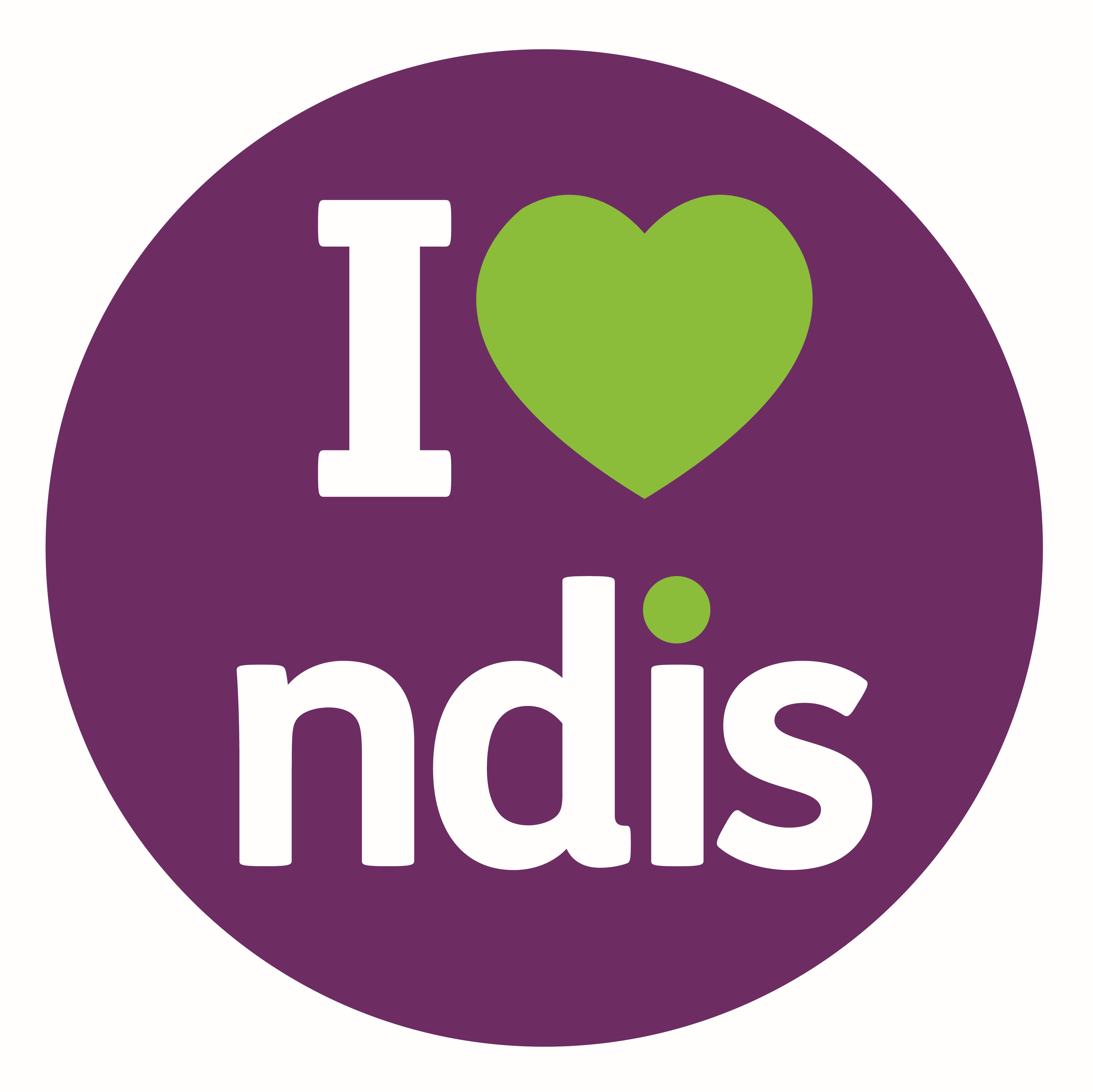Have you ever wondered why NDIS transport funding seems clear on paper but turns tricky in practice? Misunderstanding the NDIS transport guidelines can create unexpected roadblocks. Even when a plan looks set, a few overlooked details can throw the budget off course. Some participants discover hidden requirements only after claims are rejected. Others spend hours untangling what counts as an allowable trip. This article lays out which transport rules people miss most often, why they are confused, and how to steer clear of common traps so NDIS travel funding can be confidently planned when guidelines are clearly understood.
How do NDIS transport guidelines impact your funding?
Knowing how the guidelines shape funding decisions helps avoid preventable shortfalls. Many people assume transport support is flexible, but the rules can be quite rigid.
- Funding levels explained: Allocation depends on how often travel occurs for work, education, or community participation. Frequent travel to employment or study commitments can qualify for higher funding tiers, but evidence like schedules and appointment confirmations must be provided.
- Claims must be accurate: Clear records of kilometres, dates, and purposes are essential. Claims without proper mileage logs or trip details are often delayed or rejected, causing payment backlogs.
- Eligible costs defined: Usually, only participant transport is funded, not trips for family or friends. Accidentally claiming shared rides often results in deductions.
- Provider rules enforced: Registered or pre-approved providers are required for reimbursement. Using unregistered taxis or rideshares without agreements could lead to costs that aren’t reimbursed.
These factors mean staying alert to unexpected funding gaps that can derail plans. To claim with clarity, explore expert NDIS transport services tailored to your needs, including which expenses are covered.
What common mistakes happen when applying transport guidelines?
Errors creep in when rules look deceptively simple. This is where many participants trip over the fine print.
- Outdated advice is trusted: Some rely on old fact sheets instead of current policies. For instance, changes in the past two years have tightened evidence requirements, making older guidance unreliable.
- Private costs mixed in: Combining personal and funded travel expenses causes rejections. Keeping private trips completely separate on invoices and logs is essential.
- Allowance vs. provider travel: Confusing these categories disrupts claims. Allowance is direct funding, while provider travel covers a support worker’s mileage, and each has unique reporting needs.
- Assumptions about renewals: Expecting automatic funding extensions leads to surprises. Every plan review is an opportunity for funding levels to shift, so checking before committing to services is critical.
These mistakes often create avoidable stress and confusion when payments stall. Before setting up claims, it helps to explore how NDIS transport support improves compliance, which offers examples of acceptable uses.
Why do participants often misunderstand key NDIS transport rules?
Many participants feel confident until they realise the rules include subtle distinctions that impact approvals. Here’s why confusion is common.
- Complex definitions hidden: Terms like ‘transport allowance’ aren’t obvious. They often sit deep in operational guidelines and are worded in legal jargon that can sound vague.
- Frequent updates issued: NDIS policy documents can change frequently. If you’re not subscribed to updates, you might miss important rule changes.
- Different interpretations: Support coordinators sometimes apply guidelines inconsistently. Each coordinator can interpret whether a trip qualifies, which causes mixed messages.
- Vague communication: Letters and notices don’t always spell out limits. Confusion arises when a service seems included but isn’t funded.
These challenges lead to funding refusals that are difficult to reverse without adequate preparation. For clarity, consider practical examples of how transport assistance supports daily independence.
Which documents help you follow NDIS transport guidelines correctly?
Staying organised is key to claiming the right supports. Even small gaps in records can cause big problems later.
- Service agreements stored: Outline which transport services are included and who provides them. These documents define rates, timeframes, and responsibilities, reducing confusion later.
- Travel logs maintained: Record dates, distances, and purposes for each trip. Keeping logs in a consistent format helps justify higher funding tiers if travel is frequent.
- Invoices itemised: Show exactly what was billed and which funding category applies. Clear invoices with itemised costs mean fewer questions from plan managers.
- Eligibility letters secured: Confirm approval for higher-level transport funding. These letters are critical evidence when applying for additional allowance due to work or study needs.
Table: Documents that support smooth NDIS transport claims
| Document Type | Purpose | Review Frequency |
| Service Agreements | Clarify inclusions and conditions | Annually |
| Travel Logs | Record usage for accountability | Weekly |
| Invoices | Provide proof for each claim | Monthly |
| Eligibility Letters | Confirm special transport entitlements | Upon receiving |
A clear document trail reduces the risk of frustrating delays and time-wasting disputes. For clarity, explore how to include transport supports in your NDIS plan, which outlines documentation examples in plain language.
How can support coordinators simplify transport guideline compliance?

Support coordinators can help avoid mistakes, but only if information is shared openly.
- Clarifying funding categories: Coordinators explain which travel expenses are allowable, using plan goals as a guide so overclaiming doesn’t occur.
- Preparing claims together: They guide paperwork to avoid errors. This includes checking invoices, logs, and agreements for consistency before submission.
- Monitoring usage: Coordinators can alert you if funding is running low before the year ends. They can forecast spending and recommend adjustments to prevent overspending.
- Linking providers: They connect participants to transport services that fit the plan. Comparing rates and conditions early saves headaches later.
Building this partnership saves a fair bit of hassle down the track when guidelines evolve.
What resources explain NDIS transport requirements clearly?
Reliable resources help participants stay informed and confident. Not all guides are trustworthy or up to date.
- Operational guidelines referenced: The NDIS site posts current policy details with examples.
- Participant booklets available: These explain funding rules in everyday language, making them easier to understand.
- Plan manager tips offered: Plan managers provide examples and checklists that help clarify common issues.
- Support coordinator guidance: Coordinators interpret fine print and explain options in context.
These materials mean it’s less likely to get caught on the hop when policies shift.
Final thoughts
Sorting out NDIS transport guidelines can feel like wrangling a mob of kangaroos. Still, explicit knowledge and organised records make the road smoother. When time is taken to understand how funding, documentation, and rules align, travel can be planned confidently without nasty surprises. If you’d like clear guidance tailored to your situation, find out how Ahsan Care Provider supports your journey with practical advice and a friendly approach.


